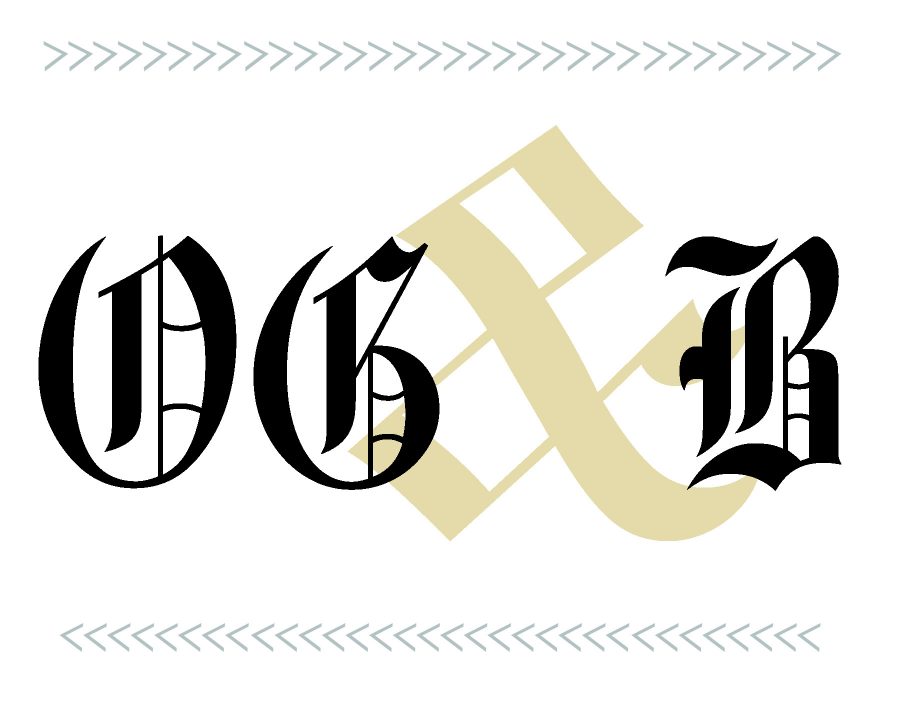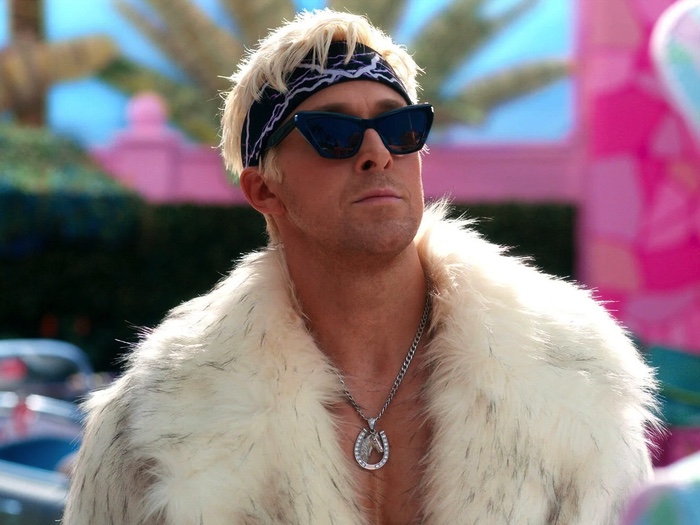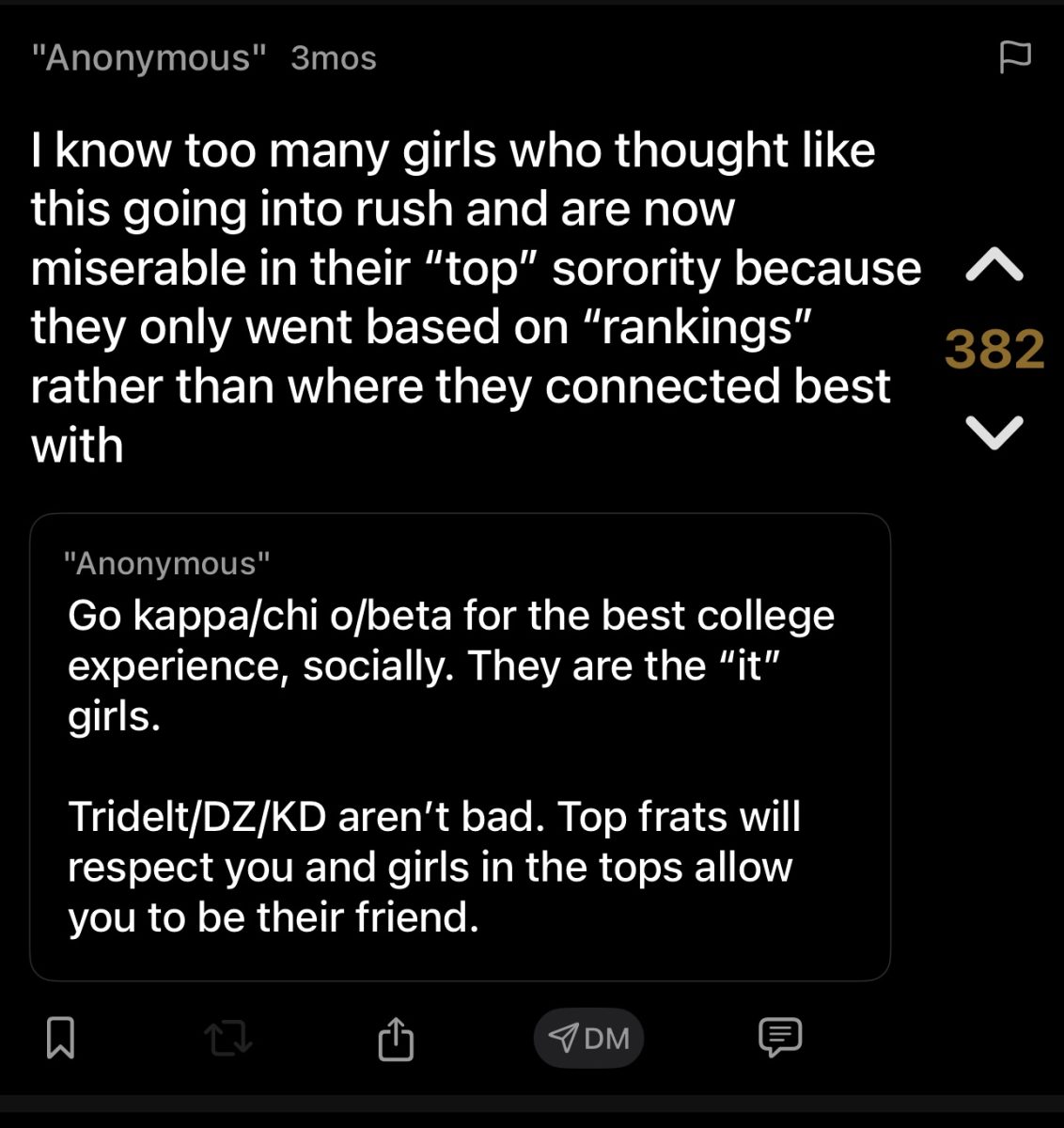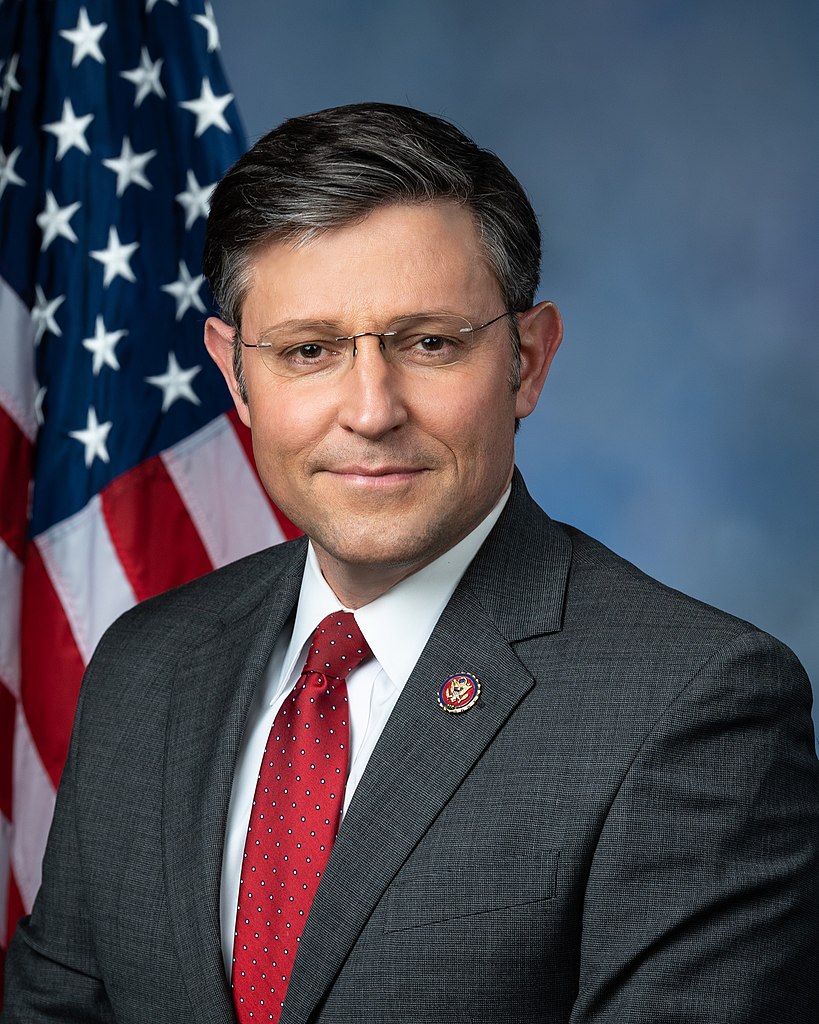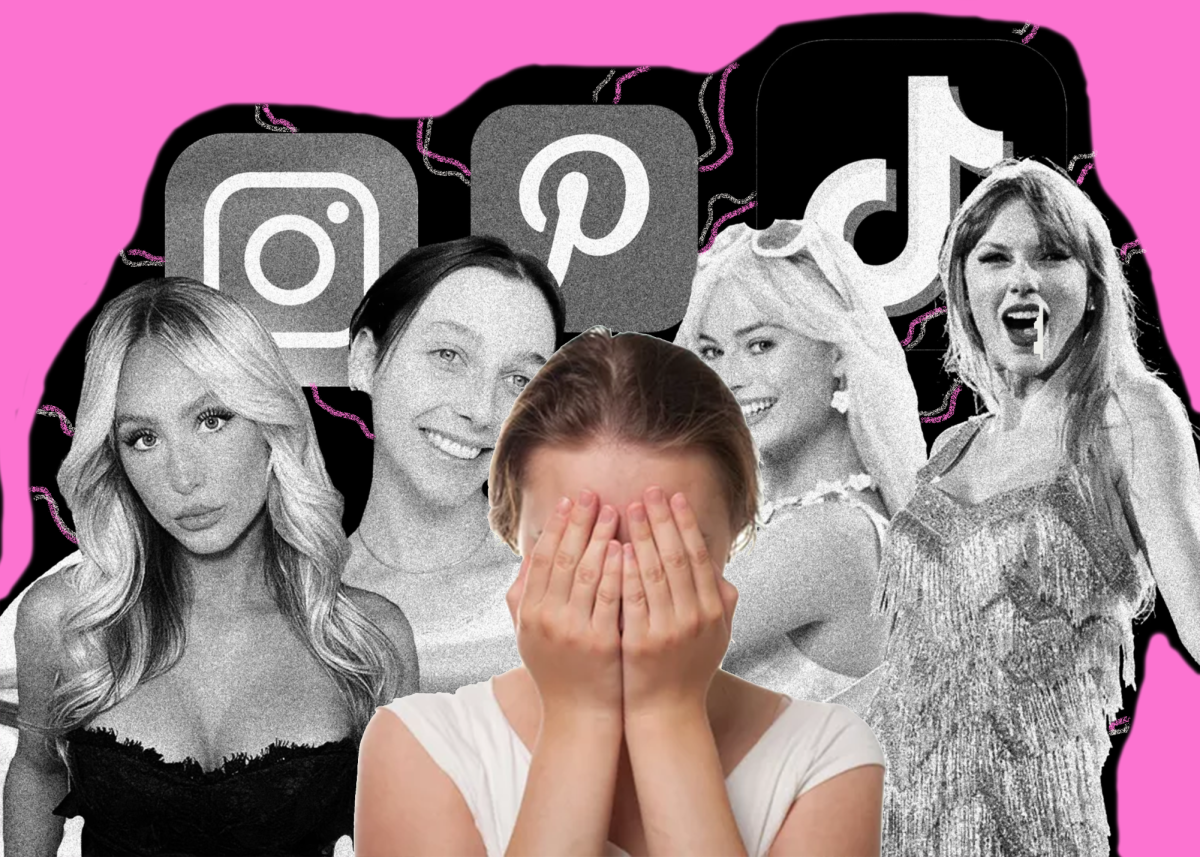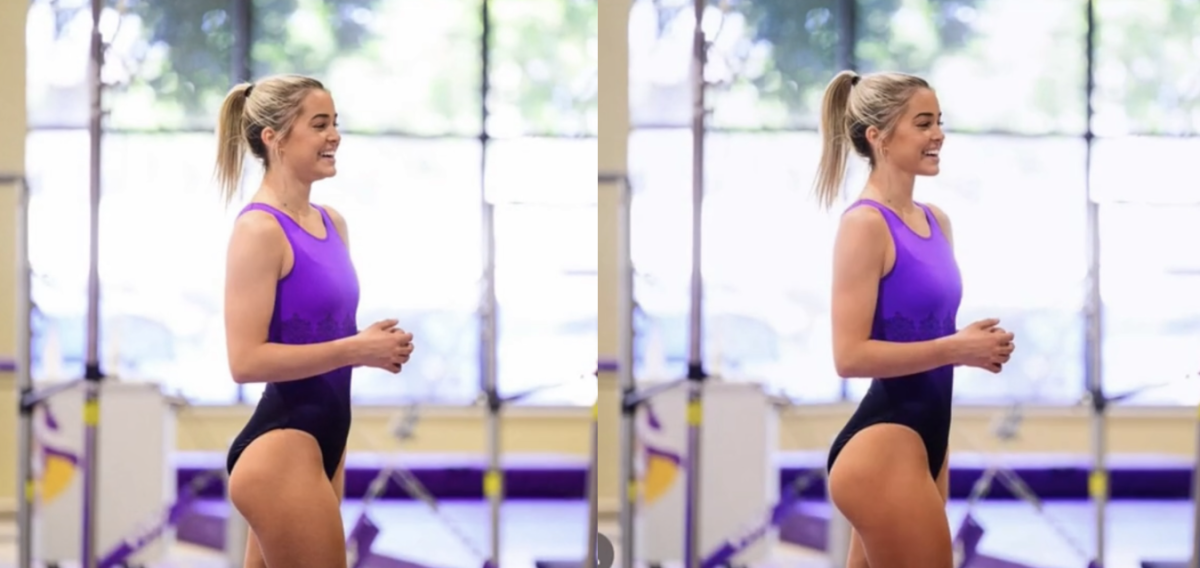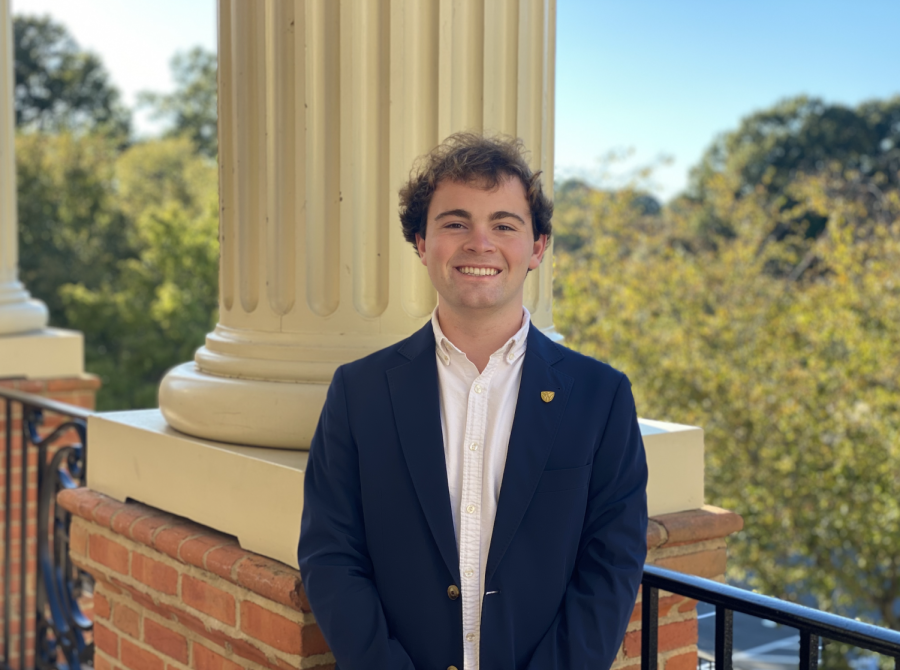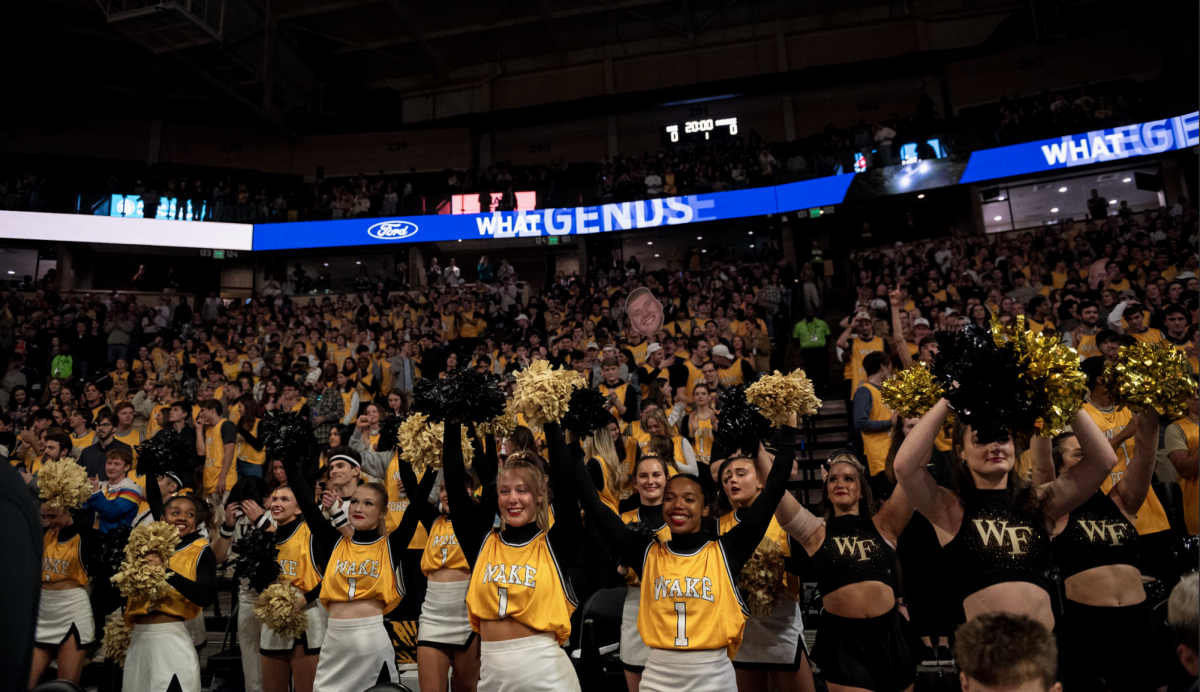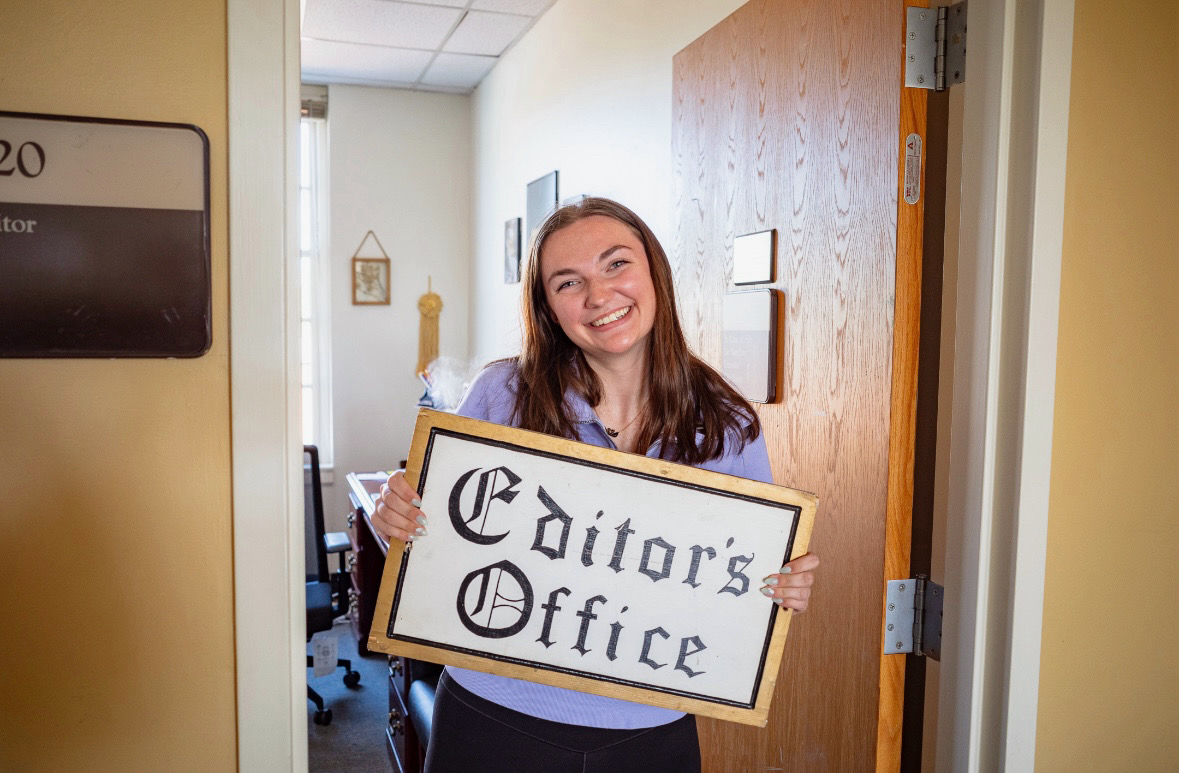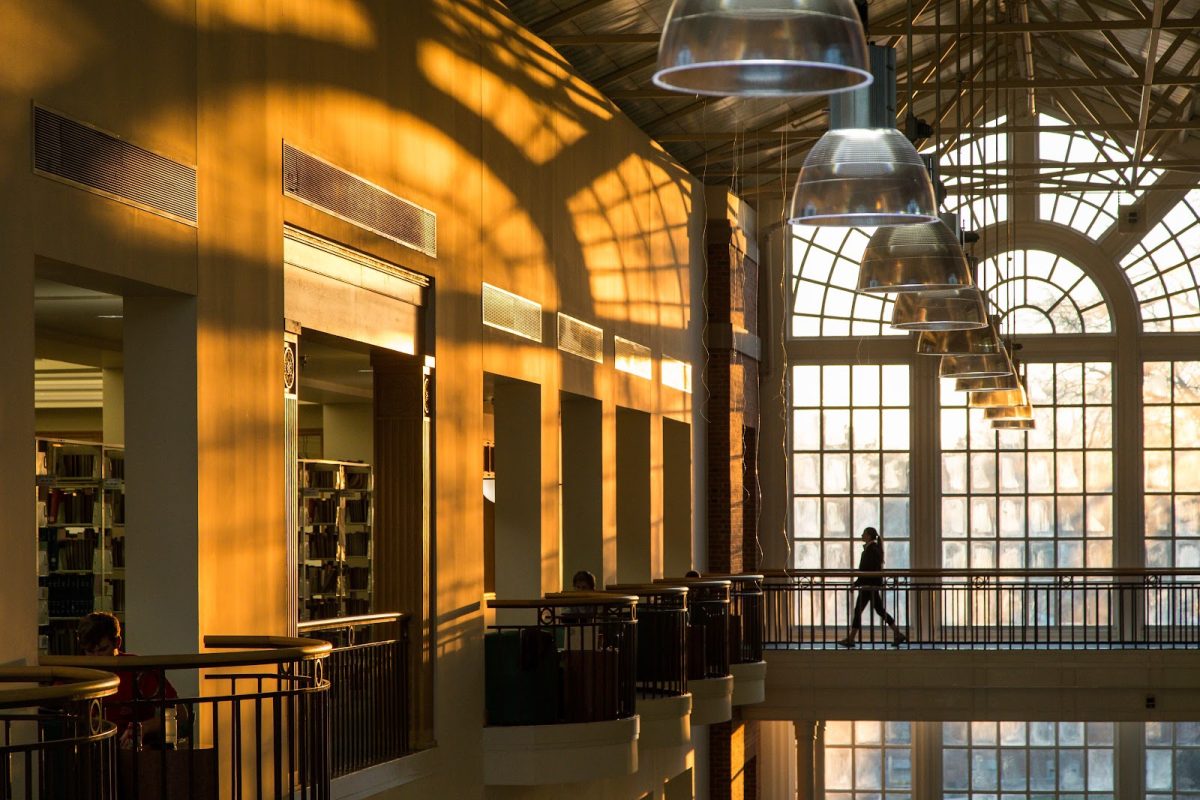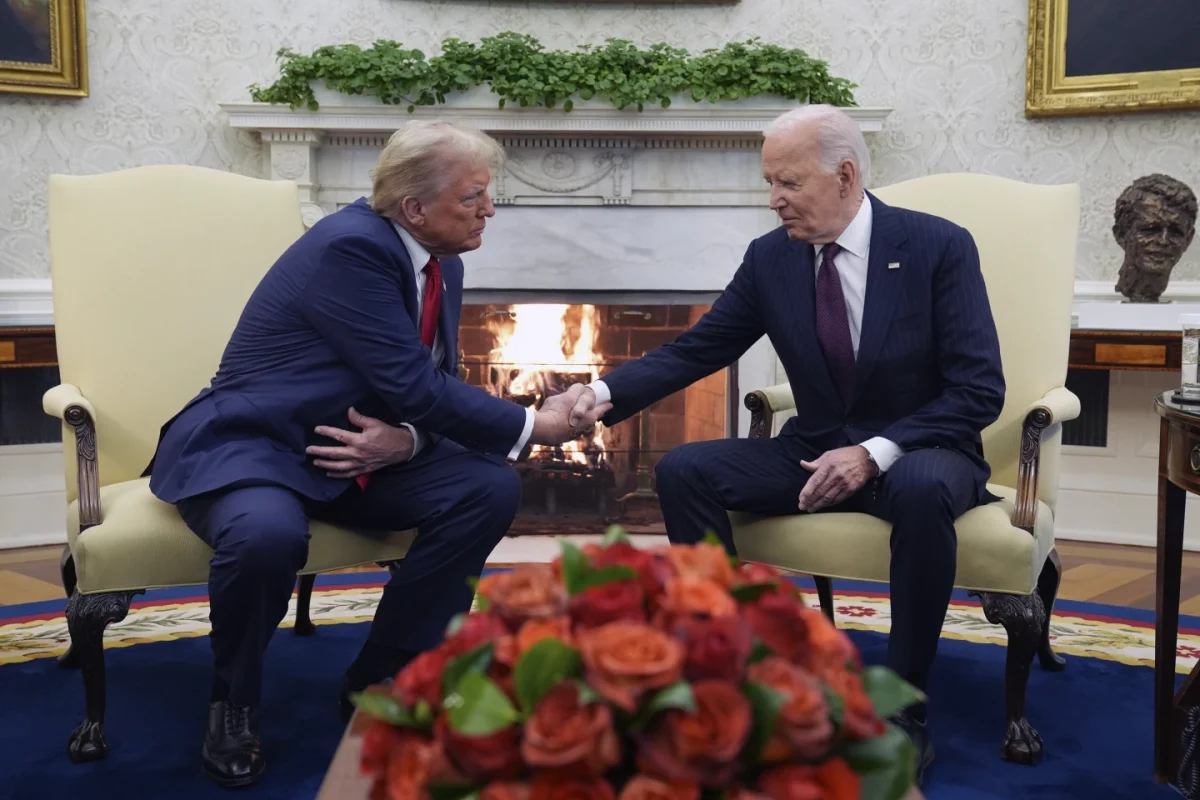An engagement with art, either by its production or through its close observation, is an existential necessity for managing, internalizing and contextualizing lived experience and our perceptual interiority.
That art is profoundly critical in articulating and distilling the experience of life has been largely discredited by capitalist notions. The production of art is so pervasively rejected for its seeming unprofitability that art practice is often relegated to the status of hobby if it is maintained at all. Those especially whose lived experiences are underrepresented in art production and whose access to art is likewise minimal are the least likely to begin an art practice. That is, those for whom a confluence of race, gender and class has undermined their individual agency and repressed their capacity for artistic self expression will not likely view an education in art as a worthwhile investment, much less a career in art a lucrative one.
In her essay “Art on my Mind,” bell hooks reflects on art as an exercise of radical, perceptual freedom: “The production of art and the creation of a politics of the visual … not only affirm[s] artists but also see[s] the development of an aesthetics of viewing as central to claiming subjectivity.”
Art explores the subjective experience, portraying it in such a way as to evoke reflection and maybe even change. It subverts our expectations of how reality is experienced, and in this moment of confusing “defamiliarization” our understanding can modify and expand. In this way, it is foundational to progress. But when art fails to satisfactorily reflect our reality we are sometimes put off, unsure of the art’s value and too fearful to fully internalize its implications.
When not fully engaged, art carries a lesser value. A 2014 The New York Times article condemning the fast pace of “Instagram age” modernity for reducing the attention span of frenetic museum goers describes the efforts of psychology Professor James Pawelski to decelerate the process of viewing art. Pawelski’s students are made to stand before an art piece of their choice for 20 minutes, an experience he believes expands a viewer’s understanding of what it is they’re really seeing.
A meticulous lethargy in the consumption of art is crucial if art is to be fully appreciated, but such a pace is largely inaccessible to the standard museum visitor, as the economical allure of “darting from one masterpiece to the next” seems like an efficient mode of enculturation to many.
And such is why art is misunderstood and hence inaccessible; a 15-second viewing of a Picasso does nothing to inform a viewer of the value art presents. But museums are vast, and missed art seems like wasted money.
As long as art is undervalued, it will become increasingly inaccessible to those whose perceptual experience is begging for witness. Yet the rapidity with which we view it dilutes its pure, dialectic necessity.
In “Poetry is not a Luxury,” Audre Lorde writes that “it is through poetry that we give name to those ideas which are, until the poem, nameless and formless — about to be birthed, but already felt.”
Lorde suggests that poetry serves as a means to unpack and articulate the psychological and near-fatally abstract repercussions of existence. It gives way to human connection, collective suffering and collective joy.
I believe this is essentially the function of all art. It is a crucially tangible interface with the nebulous subjectivity. Yet our interactions with art all too often minimize the intimate connections between existence and the necessity of creation. This leads to misunderstanding and a disinclination towards further engagement with art, as well as a social devaluing of art which leads to cultural stunting.
Art is proof of existence, and deserves resources such as time, money and participation accordingly.


